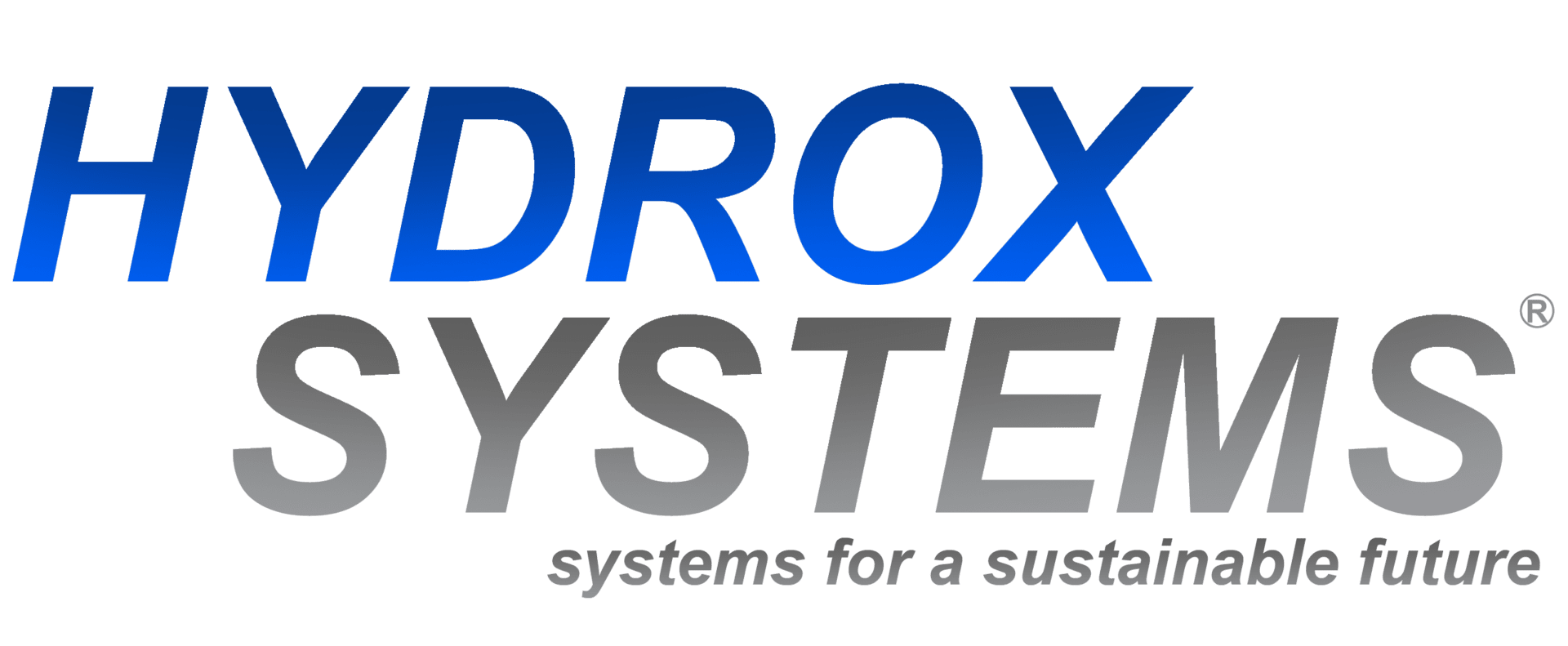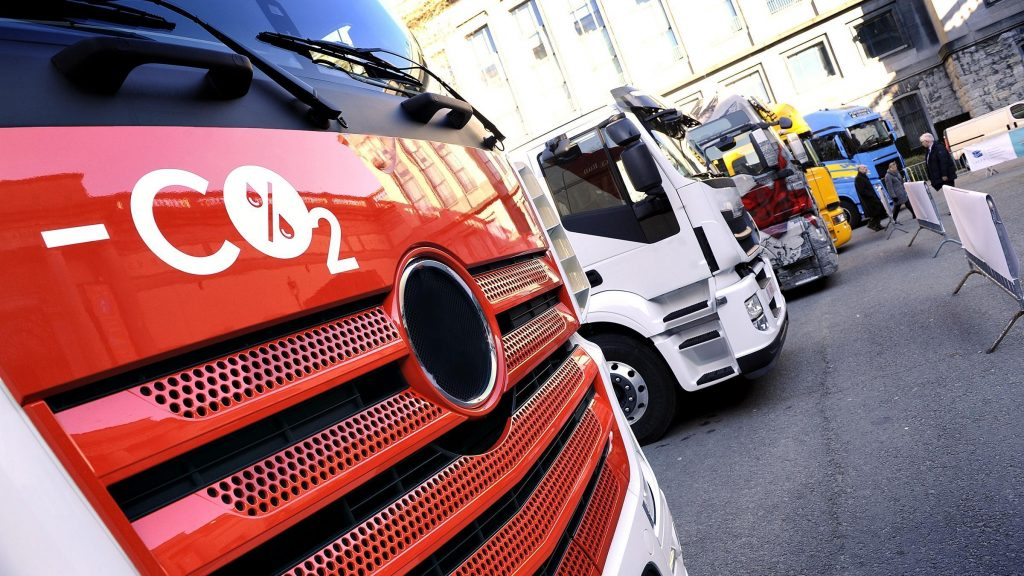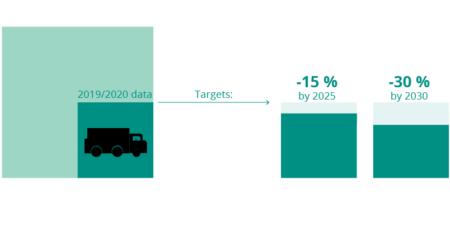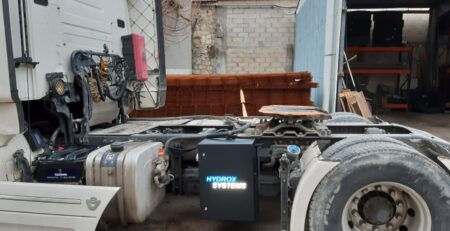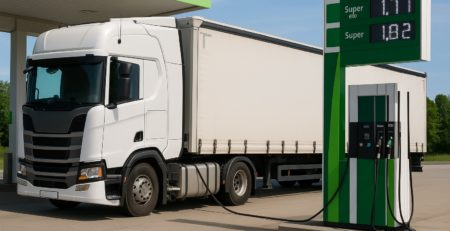Decarbonization targets for trucks and buses: much more needed than targets on paper
Decarbonization targets for trucks and buses are much more needed than targets on paper!
Brussels, 21 November 2023 — The European Parliament voted to support strict new CO2 targets for trucks and buses.
🚛 New Targets for Truck and Bus Emissions
By 2030, manufacturers must cut CO2 emissions by 45% compared to 2019/2020 levels.
This bold move pushes the entire transport ecosystem toward profound transformation.
The European Automobile Manufacturers’ Association (ACEA) warns that transformation needs public and private sector cooperation.
Without this, decarbonization efforts will stall or fail.
💬 Industry Calls for Supportive Conditions
ACEA Director General Sigrid de Vries stated:
“We are ready to decarbonize. The question is how fast we can do it.”
She stressed that manufacturers have built clean technologies for fossil-free road transport by 2040.
But they face obstacles: lack of infrastructure, policy support, and carbon pricing.
🔋 Zero-Emission Technology Exists but Lacks Support
Manufacturers invest billions in zero-emission vehicles.
These include hydrogen-powered and battery-electric trucks and buses.
Production increases rapidly, but infrastructure lags.
Europe needs a more substantial charging and refueling network.
Governments must support the switch from diesel to hydrogen and electric models.
Without that, manufacturers can’t meet climate goals alone.
⚠️ Infrastructure Shortfalls Could Jeopardize Progress
De Vries warns: “We depend on conditions outside our control.”
She urges policymakers to create incentive-based regulations that match the urgency of climate goals.
The EU must address gaps in infrastructure, not just set penalties.
📊 Monitor Progress—Don’t Just Enforce
The EU must track member-state progress yearly.
Regular reviews will reveal where infrastructure or policy support is missing.
Penalizing manufacturers without enabling them is unfair and counterproductive.
📦 Trucks and Buses Keep Europe Moving
Trucks move 77% of land freight in the EU.
Buses account for over 50% of all public transport trips.
Zero-emission vehicles are crucial to clean mobility.
To meet the 2030 target, Europe needs:
-
Over 400,000 zero-emission trucks on the road
-
100,000 new zero-emission trucks registered annually
-
50,000 public chargers, including 35,000 Megawatt Charging Systems (MCS)
-
700 hydrogen refueling stations with at least 2 tonnes/day capacity
🏭 The Automotive Industry Powers Europe
The automotive sector employs 12.9 million Europeans.
It provides 8.3% of all EU manufacturing jobs.
It contributes over €392 billion in tax revenue.
It creates a €101.9 billion trade surplus.
It invests €59.1 billion in R&D yearly—31% of total EU R&D.
Over 7% of EU GDP comes from the auto industry.
✅ Conclusion: Targets Need Tools, Not Just Words
Manufacturers commit to cutting emissions and building green fleets.
But they can’t do it alone.
Policymakers must deliver infrastructure, incentives, and fair regulations.
Europe’s clean transport future depends on action, not just ambition.
Subscribe our Newsletter
